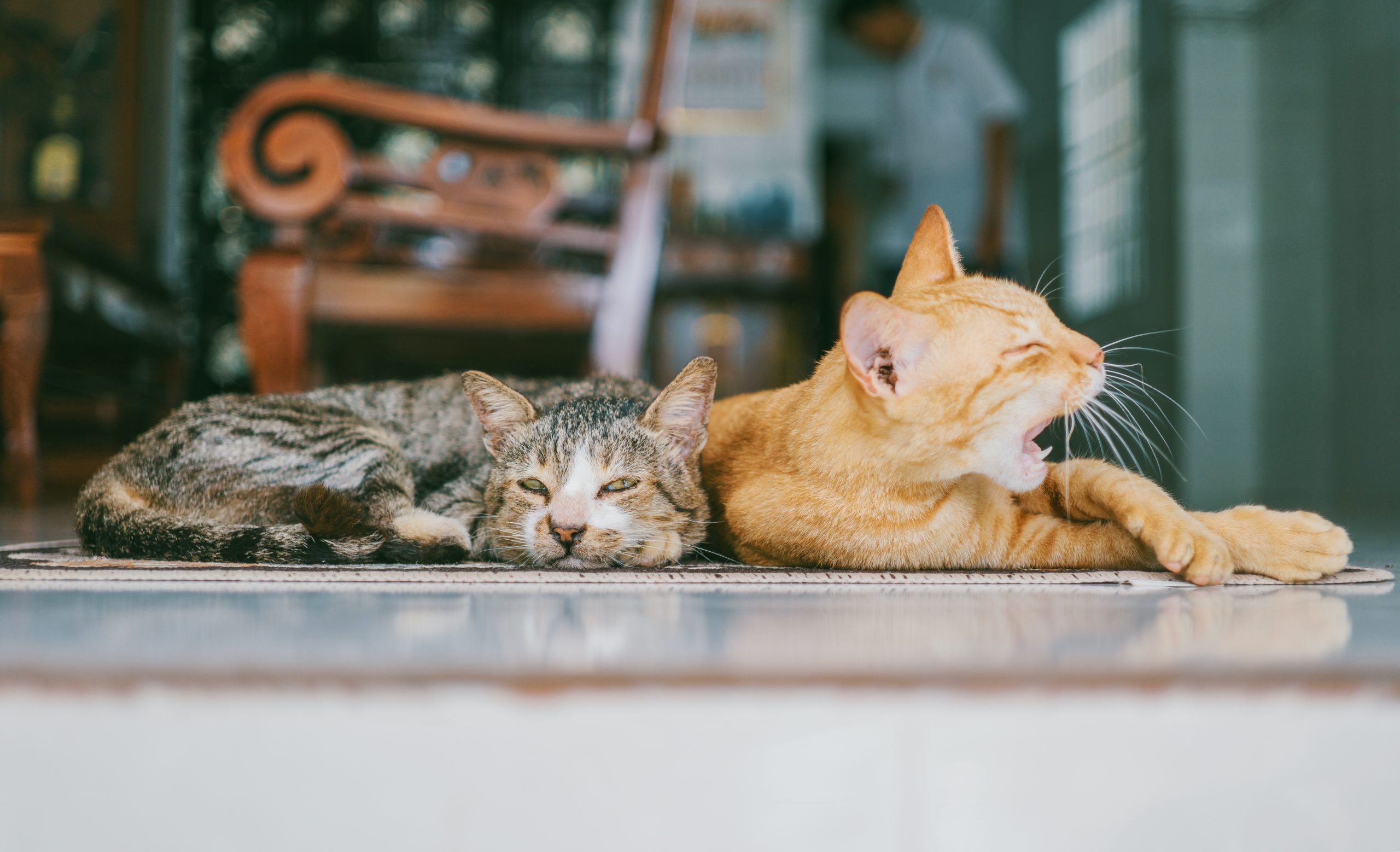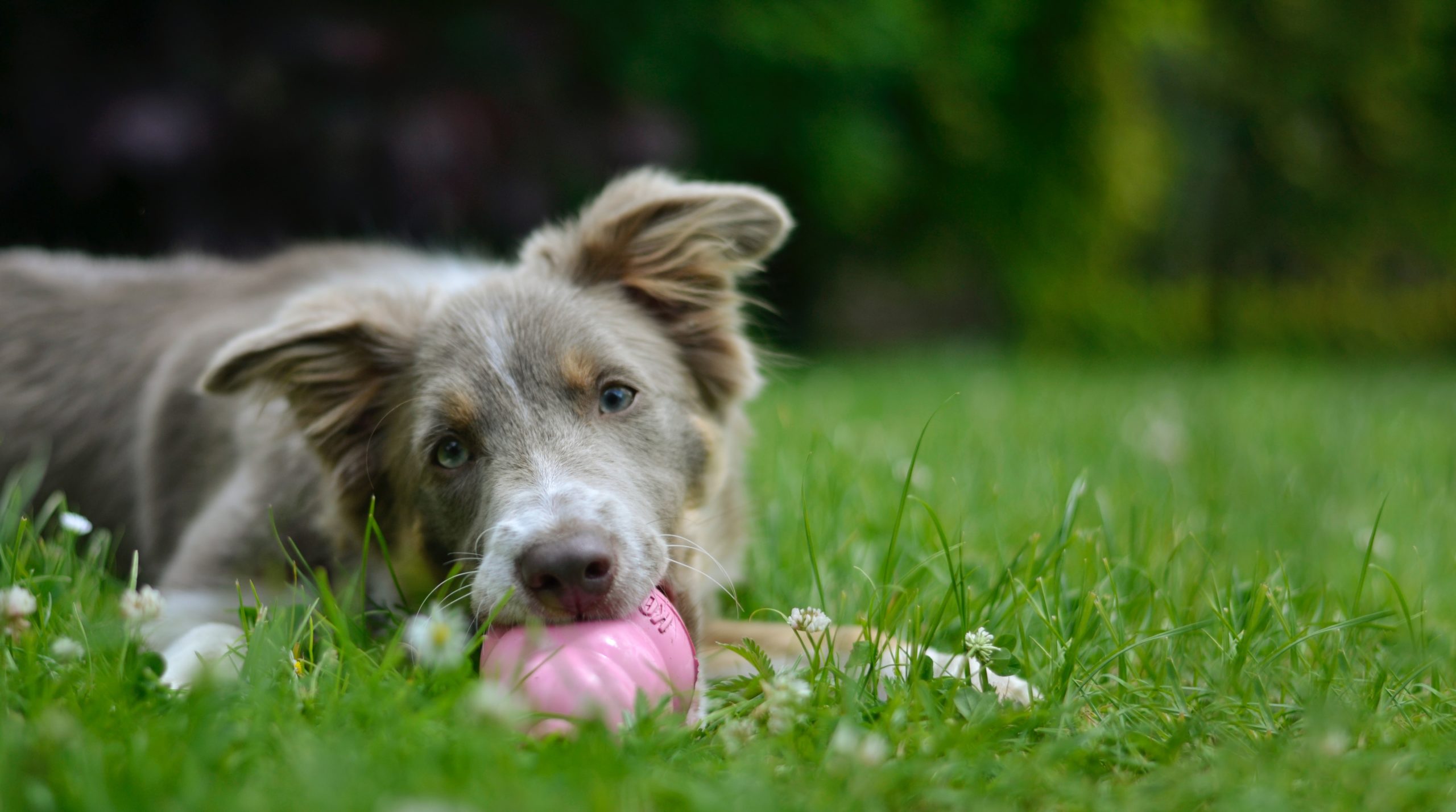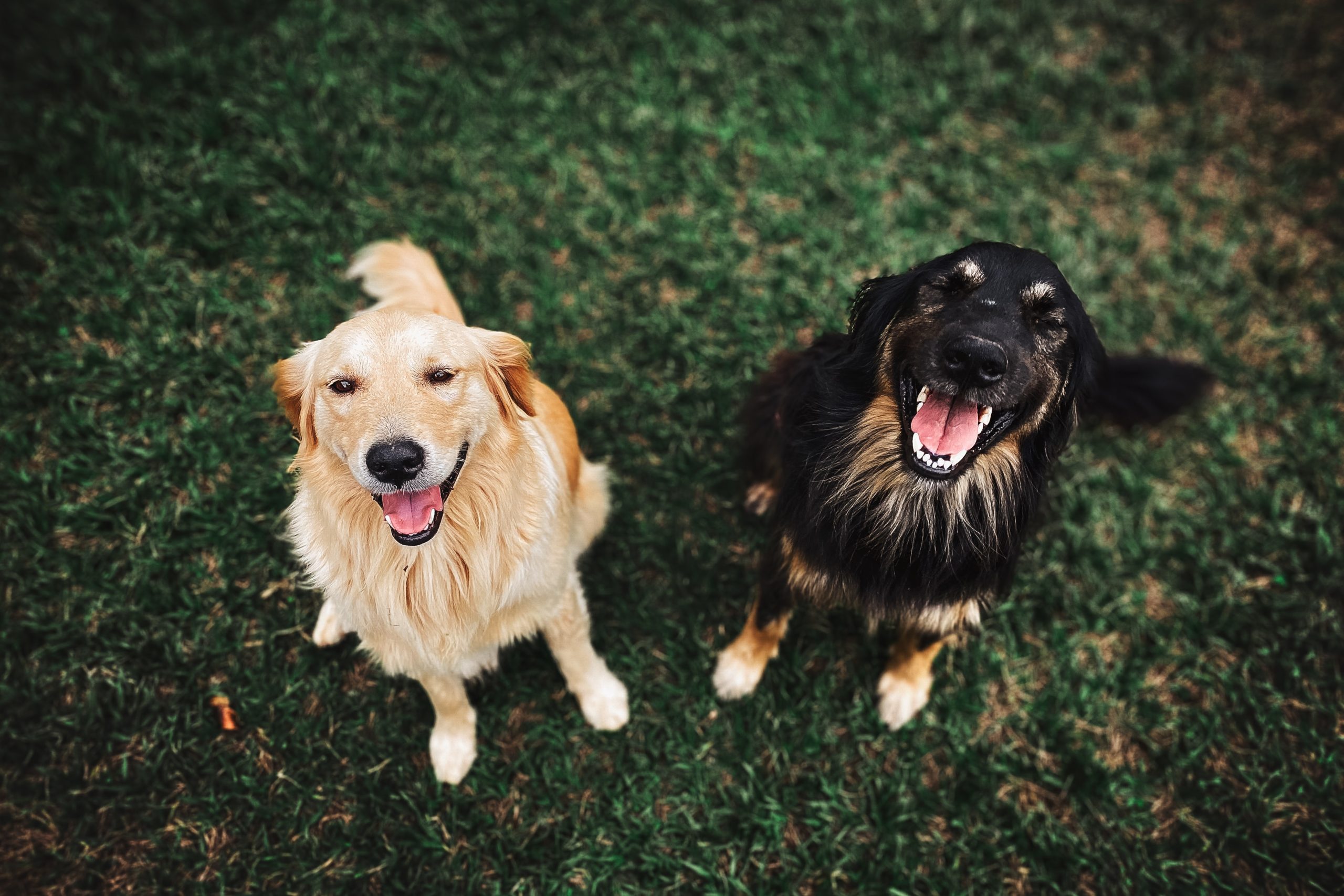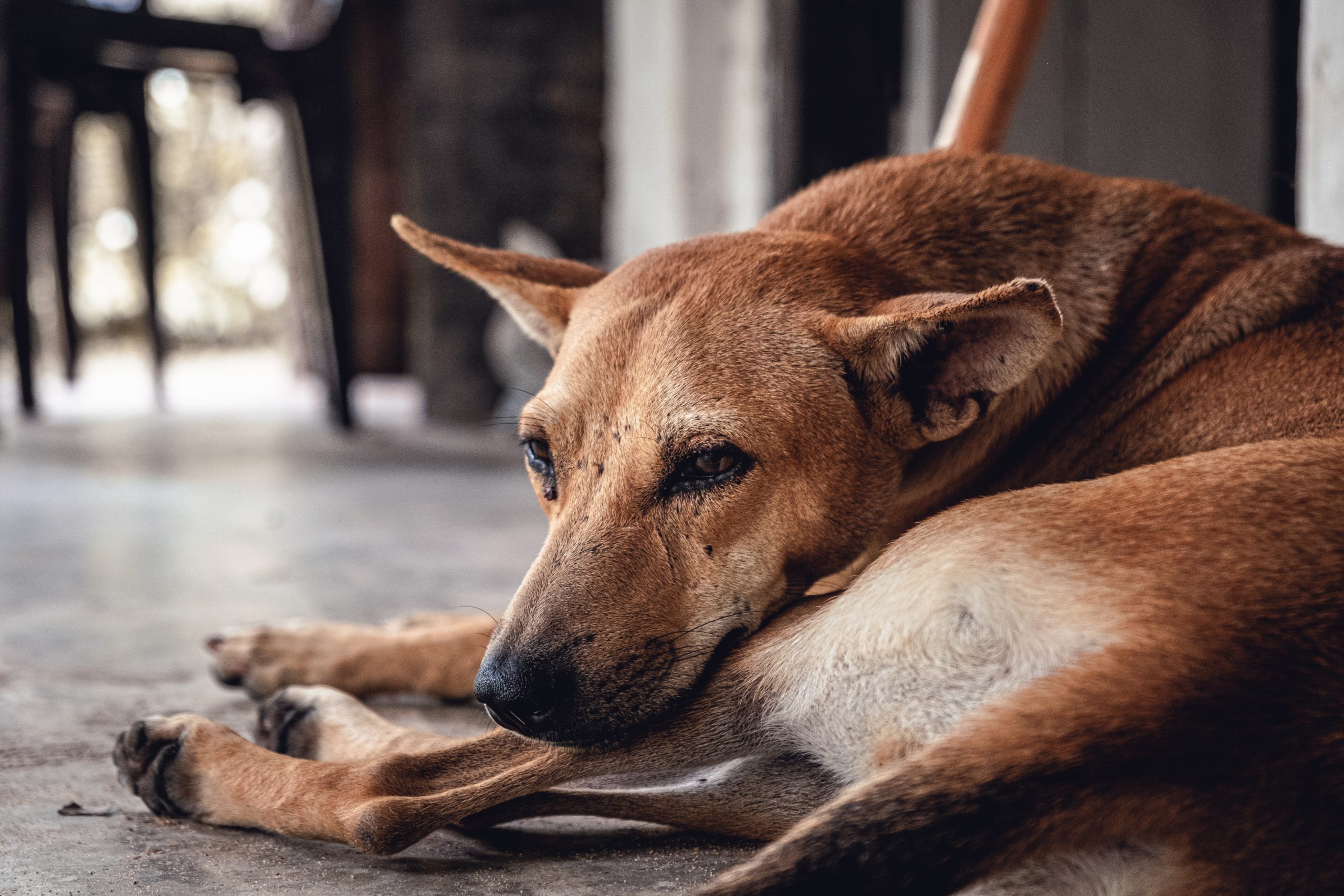Your pet may be involved in many types of accidents around the house or when you are out on a walk, including road accidents, or be poisoned, choke on a foreign object or suddenly suffer from seizures. What do you do?
What to do first
The most important thing to remember is to ring your vet for advice first. You may be able to do something for your pet at home to lessen the extent of the injury or problem before you arrive at the clinic. On the other hand you don’t want to do anything that may make your pet’s condition worse. Having a first aid manual on hand and a basic first aid kit mean you can act quickly on your vet’s instructions.
Poisoning
Unfortunately, poisoning is a common emergency in pets and the list of culprits is long; insecticides (over-applying rinses or chewing flea collars), snail bait, rat bait, weed killers, fertilisers, paint, chocolate, medications and so on. Signs are variable and may include vomiting, twitching, lethargy, convulsions and difficulty breathing.
The first steps to take if you suspect poisoning are:
- Keep your pet quiet and warm
- Try to determine the brand name and active ingredient of the poison
- Determine how much of the poison was eaten and when you think it happened
- Contact your vet immediately with this information
- Act on your vet’s instructions
Wounds and bleeding
Wounds can be sharp incisions, jagged lacerations, punctures or abrasions. If your pet is bleeding:
- Apply pressure with your fingers to the intact skin either side of the wound
- Release slowly to apply sterile gauze over the wound, followed by a large pad of cotton wool
- Apply a firm bandage over the cotton wool
- If bleeding continues, a second pad may be bandaged into place but don’t remove the first
- If the wound is high up on a limb then the whole leg should be bandaged to prevent swelling
- Transport your pet immediately to your vet (a blanket can be used as a stretcher)
- If chest wounds are present do not remove any protruding objects, apply a light dressing only, without pressure, keep the wound uppermost, keep the animal still and warm and make sure the head and neck are kept extended
Shock
Animals that have been involved in an accident or are seriously ill will suffer from shock and show signs of weakness, pale gums, rapid and shallow breathing, a weak pulse, cold extremities, depression and may suffer convulsions or collapse. Steps to take:
- Prevent any further bleeding
- Lie the animal in a comfortable position on a blanket with any wounds uppermost
- Keep the animal warm with blankets and in a quiet environment
- Calm your pet by talking softly and stroking gently
- Do not give any food, water or alcohol
- Contact your vet for advice and transport your pet to the clinic immediately
Convulsions
There are many causes of ‘fits’, ranging from epilepsy (central nervous disorder) to liver/kidney disease, hypoglycaemia (low blood sugar), hypocalcaemia (low blood calcium levels), low oxygen levels to the brain, poisoning and severe viral or bacterial infections.
There are 3 main phases of a fit:
Phase 1 – the Preictal phase – the time just before the fit occurs. The animal may be resting or sleeping and suddenly wakes up seeming restless or upset.
Phase 2 – the Ictal phase – when the fit is actually taking place. The animal generally shows the following signs:
- collapse (on its side)
- champing jaws
- drooling
- ‘paddling’ with limbs
- eyes open and staring
- urination and defecation
Phase 3 – the Postictal phase – the time immediately after the fit. The animal may appear confused, dazed, anxious and exhausted. Eventually it returns to normal and may appear very hungry – food and water may be given.
What to do when your pet is ‘fitting’
- Stay calm
- Do not touch your pet
- Move any items away that the animal may injure itself on
- Make sure the environment is quiet and darkened
- Stay in the same room as your pet until the fit is over (ask any other people present to leave quietly)
What NOT to do when your pet is ‘fitting’
- Never try to move or restrain your pet
- Never try to hold the pet’s tongue out (they will not swallow it)
- Never transport your pet to the vet whilst it is fitting
Following a fit, always contact your veterinarian and have your pet examined as soon as you can. However, if the animal fits continually or one fit is followed straight away by another (status epilepticus), contact your vet immediately and arrange to have your pet seen straight away.
To help your vet with diagnosis and treatment of your pet’s condition, try to record the time the fit started, how long it lasted, what your pet was doing before the fit, what actions your pet exhibited during the fit and the colour of its mucous membranes (gums).
Choking
Severe choking can occur when an object blocks the animal’s windpipe e.g. balls, gristle, stones. Symptoms of choking include:
- Stay calm
- Do not touch your pet
- Move any items away that the animal may injure itself on
- Make sure the environment is quiet and darkened
- Stay in the same room as your pet until the fit is over (ask any other people present to leave quietly)
- Never try to move or restrain your pet
- Never try to hold the pet’s tongue out (they will not swallow it)
- Never transport your pet to the vet whilst it is fitting
- pawing at the mouth
- choking sounds
- respiratory distress
- bulging eyes
- ‘blue’ tongue and gums
- agitation
- unconsciousness
Always remember to administer artificial respiration if severe choking is occurring. If the animal is conscious, open the mouth and try to remove the object.
Open the mouth by grasping the upper jaw with one hand, tilt the head slightly backwards, press the lips over the upper teeth and depress the lower jaw with the other hand. Gently remove the object if possible with your fingers.
Restrain a cat in a towel first and use one hand to gently pull the head upwards and slightly backwards by placing your thumb on one side of the jaw and forefinger on the other side of the jaw with your palm across the head. Depress the lower jaw with the other hand and remove the object.
If your attempt is unsuccessful and causing your pet more distress and pain, or if it is dangerous for you to attempt removal, contact your veterinarian immediately for advice.
If the foreign object cannot be located or removed and the animal is in serious danger the following procedures can be used while you wait for assistance.
Heimlich Manoeuvre – Large Dog
- Stand over the dog and raise it onto its hind legs (its head is facing away from you)
- Place your arms around its stomach (just behind the ribcage)
- Squeeze firmly up and forward
- Check the animal’s mouth and remove the object (if not already expelled); or
- Suspend the animal upside down by its hind legs
- Administer a sharp punch to the abdomen just above the ribcage
- Check the animal’s mouth and remove the foreign object (if not already expelled)
- This procedure can be repeated up to 4 times.
Procedure for Choking in a Small Dog or Cat
- Hold the animal upside down by its hind legs
- Gently shake and swing the animal
- Lie the animal on its side
- Place one hand to support its back
- With the other hand grab the animal’s abdomen (just behind the ribs)
- Squeeze sharply upwards and forwards – this forces air up the windpipe and helps dislodge the foreign body
- Check the animal’s mouth and remove the foreign body that has been expelled




